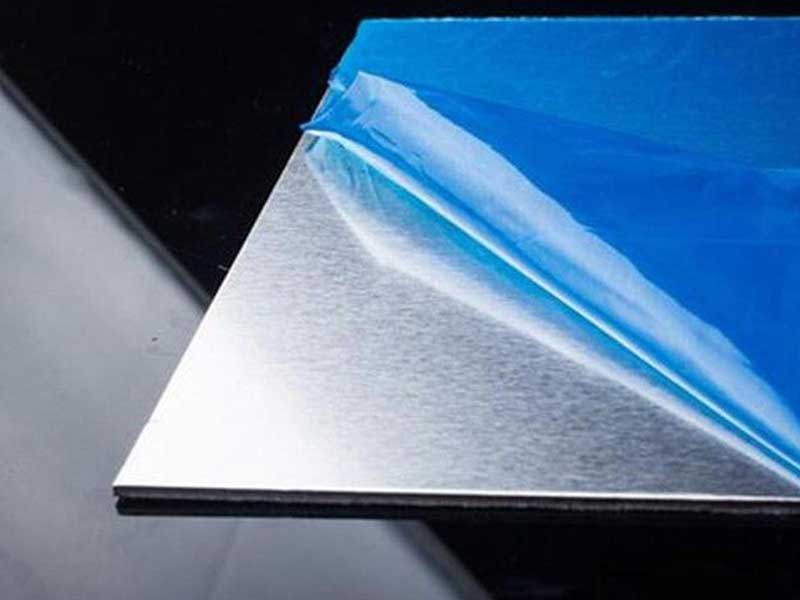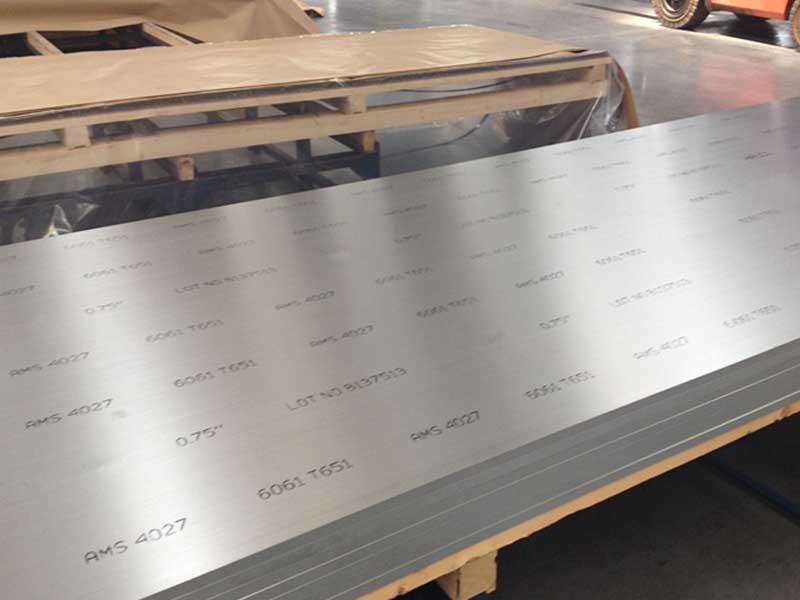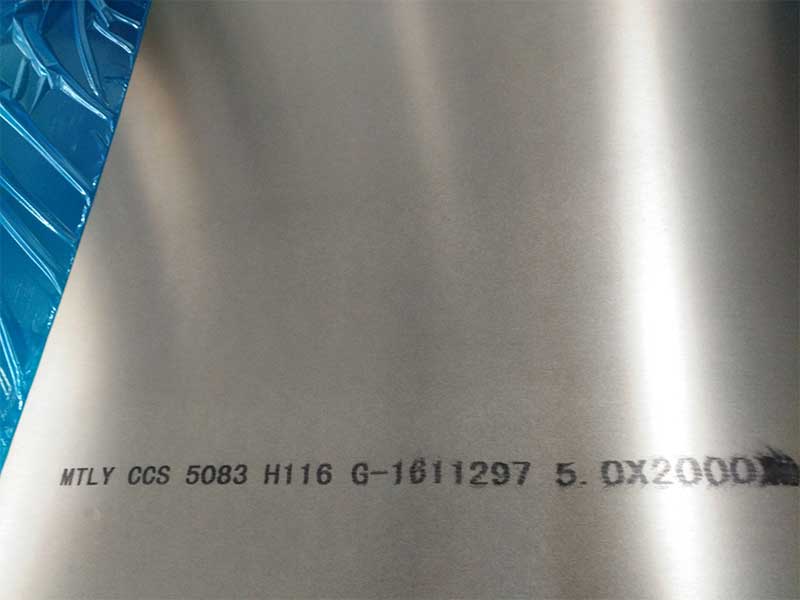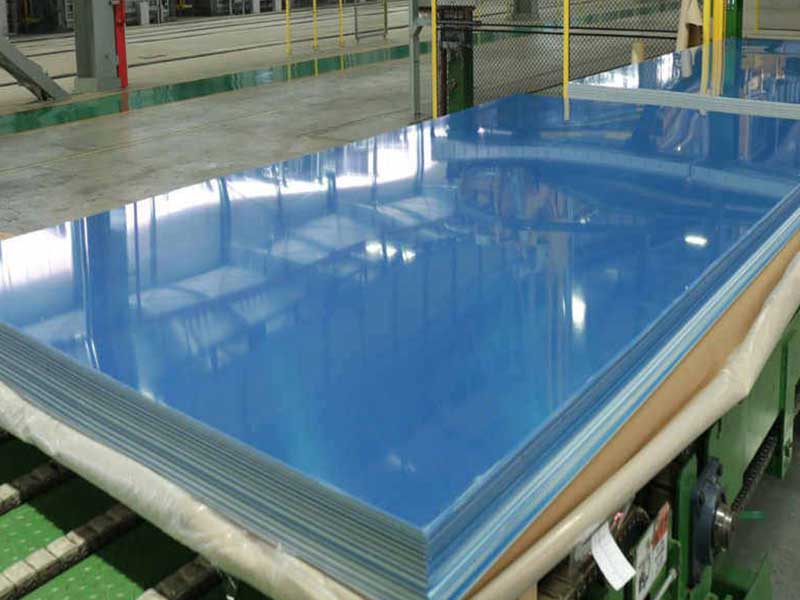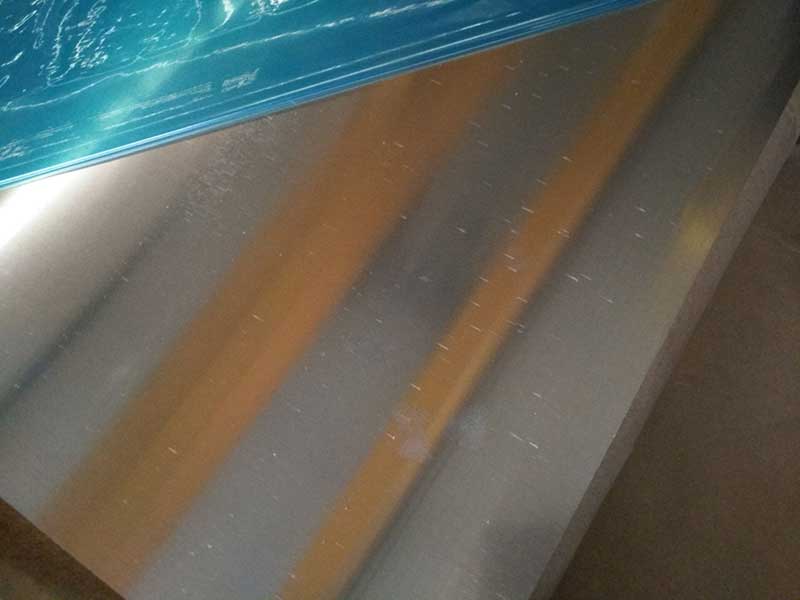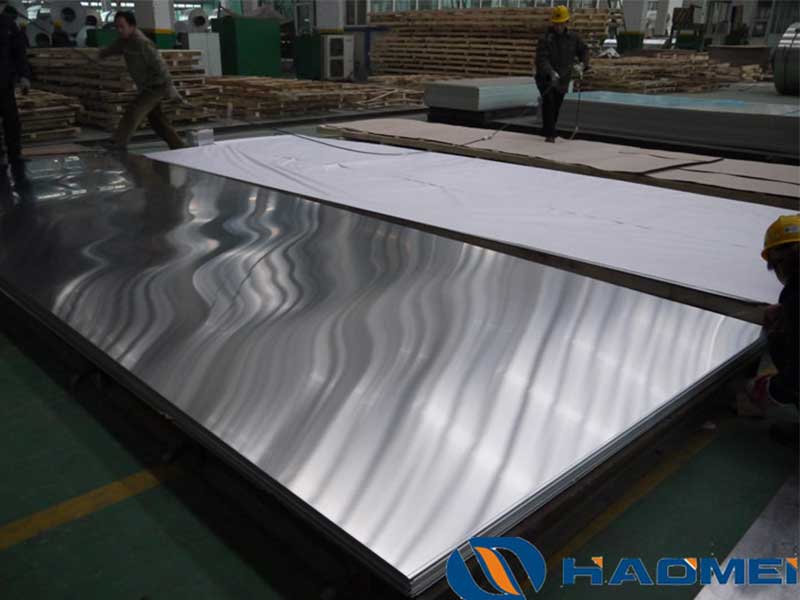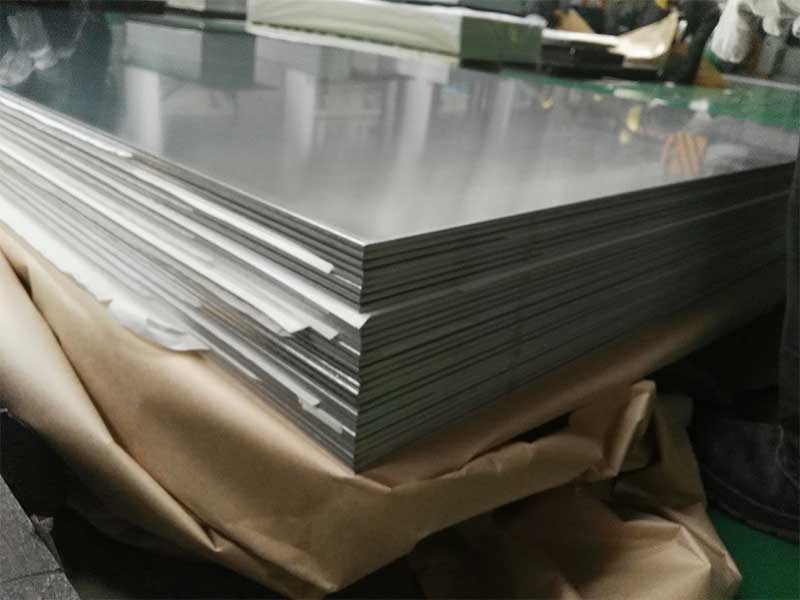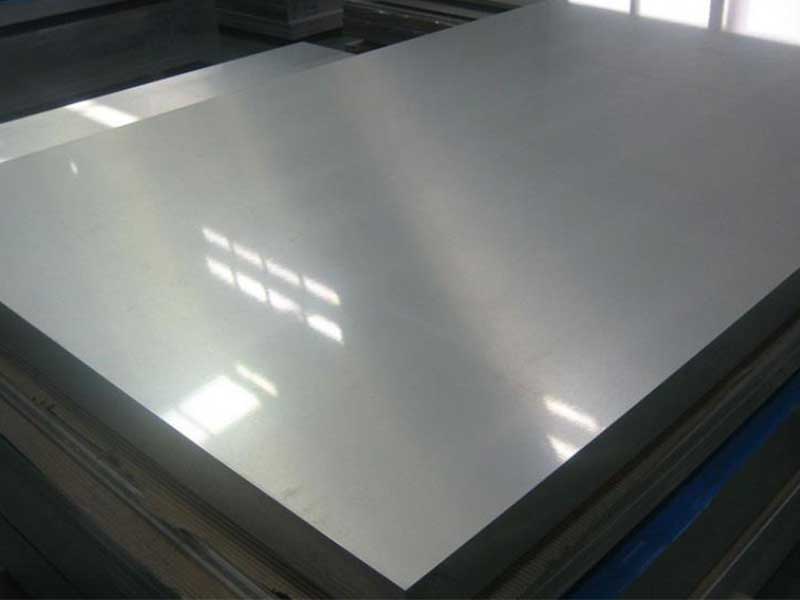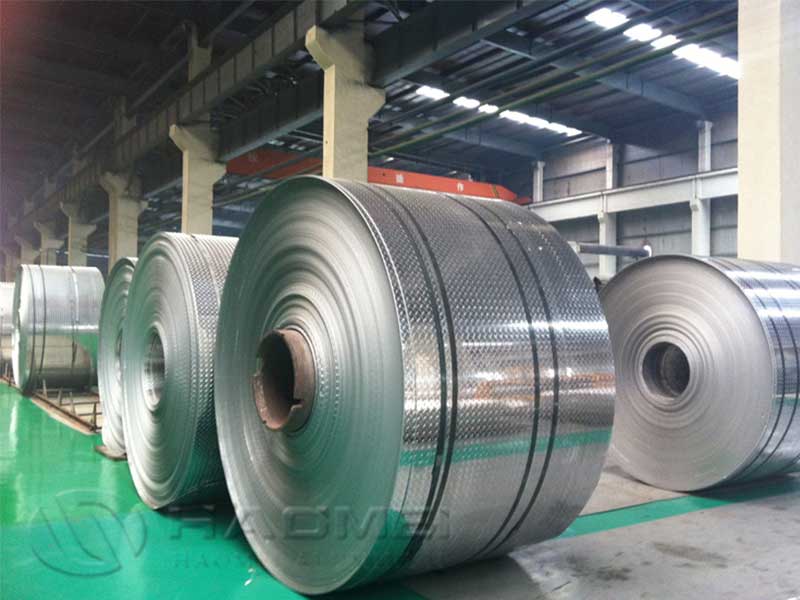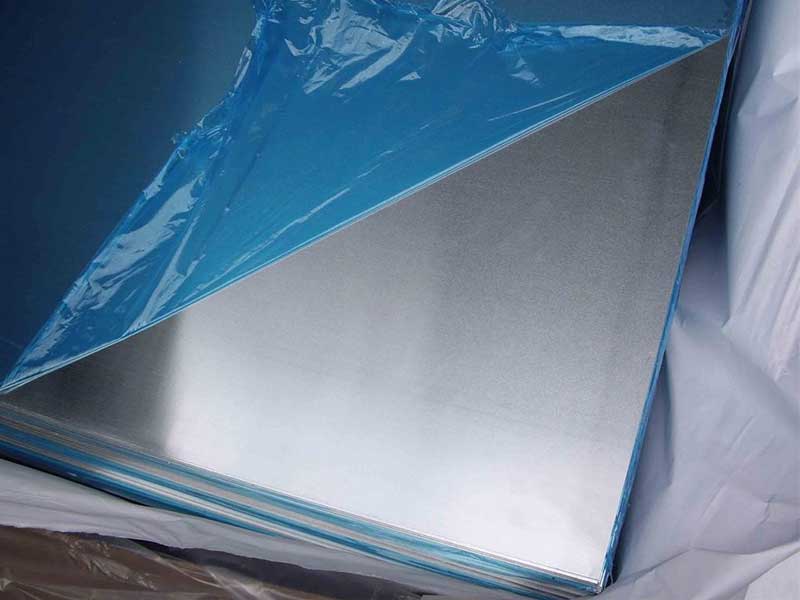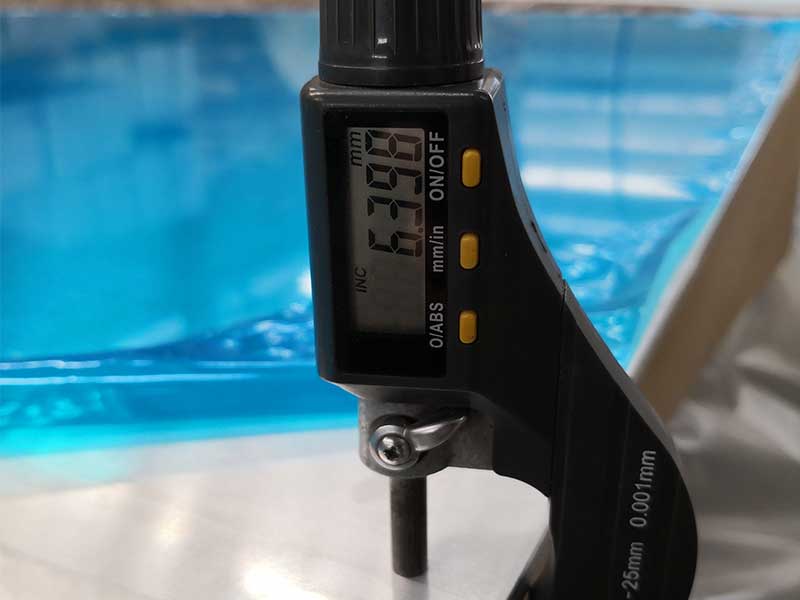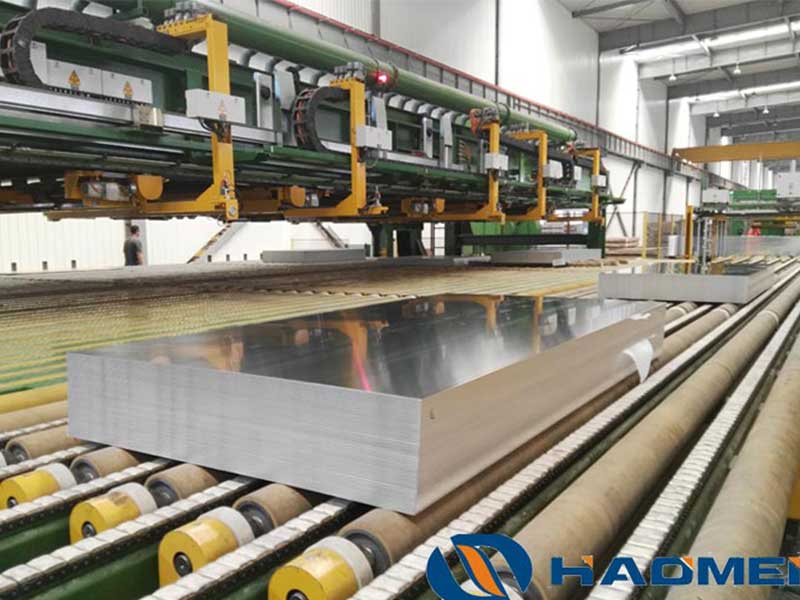2025-05-09 https://www.aluminum-coils.com/a/embossed-aluminum-plate.html
Embossed aluminum plate is a specially treated aluminum sheet that features a raised or patterned surface obtained through a mechanical embossing process. This distinctive texture enhances both aesthetic and functional aspects, making it a preferred material across various industries.
Overview
Aluminum embossed plates combine the inherent advantages of aluminum with an eye-catching textured finish. They are fabricated from high-quality aluminum alloys, typically within the 1000 to 5000 series, which ensure excellent corrosion resistance, formability, and lightweight—ideal characteristics for various engineering and architectural applications.
Working with embossed aluminum sheet for stucco applications presents unique challenges compared to flat sheet. The embossing process, while creating the desired texture, can introduce inconsistencies in thickness and surface finish. This means careful attention must be paid during cutting and forming to avoid cracking or tearing, especially in deeper embossments. We've found that tooling needs to be meticulously maintained and often requires more frequent replacement compared to flat sheet processing, due to the increased stress on the tooling from the embossed surface. Proper lubrication is to preventing galling and maintaining consistent product quality. Furthermore, the embossed surface itself influences paint adhesion and finish; we've had to adapt our pretreatment and painting processes to ensure uniform coverage and durability, often requiring higher viscosity paints or specialized application techniques.
Beyond the manufacturing process, the embossed texture’s impact on the final product is significant. The depth and pattern of the embossing directly affect the perceived quality and the final stucco appearance. Slight variations in the embossing, even within acceptable tolerances, can lead to subtle differences in the final product which customers may perceive as defects, necessitating strict quality control measures throughout the production line. how light interacts with the embossed surface is critical; certain embossing patterns can highlight minor imperfections or create unwanted shadows. Consequently, we've invested in advanced inspection systems to detect these subtle variations and ensure consistent product quality that meets our clients' exacting standards.
Chemical Composition and Physical Properties
The most commonly used alloys for embossed aluminum plates include:
| Alloy | Al (%) | Si (%) | Fe (%) | Cu (%) | Mn (%) | Mg (%) | Zn (%) | Others (%) | Density (g/cm³) | Tensile Strength (MPa) | Elongation (%) |
|---|---|---|---|---|---|---|---|---|---|---|---|
| 1100 | 99.0+ | 0.05 | 0.40 | 0.05 | 0.05 | 0.03 | 0.05 | 0.15 | 2.7 | 90-110 | 35-50 |
| 3003 | 97.0-99 | 0.6 | 0.7 | 0.1 | 1.0-1.5 | 0.2 | 0.1 | 0.25 | 2.73 | 130-160 | 10-25 |
| 5052 | 97.5-99.0 | 0.25 | 0.4 | 0.1 | 0.1 | 2.2-2.8 | 0.1 | 0.15 | 2.68 | 200-280 | 10-20 |
(Values approximate depending on specific temper and processing conditions)
Physical Characteristics:
- Density: Approximately 2.7 g/cm³ ― lightweight compared to steel alternatives.
- Yield Strength: Varies according to alloy and temper; ranges typically from 70 MPa to over 200 MPa.
- Corrosion Resistance: Superior due to the naturally forming oxide layer, enhanced in alloy choices like 5052.
- Fabricability: Excellent formability and machinability make embossing uniform and precise.
Features of Embossed Aluminum Plates
Non-Slip Surface: The embossed raised patterns impart anti-slip properties suitable for walking platforms, stair treads, and vehicle flooring.
Decorative Appeal: The distinct geometric designs, such as diamond, ripple, or floral embossing, improve aesthetics for interior walls, ceilings, and elevators.
Durable and Corrosion Resistant: Aluminum’s innate corrosion resistance suits both indoor and outdoor applications.
Lightweight yet Strong: The reduced weight lowers transport and installation costs, while high-strength alloys withstand demanding mechanical stresses.
Impact Resistance: The embossed texture can mask minor surface dent damage and contributes modestly to stiffness improvements.
Easy to Clean and Maintain: The surface can be wiped or washed easily without specialized chemicals.
Thermal Reflectivity: Embossing does not alter the high reflectivity of aluminum, beneficial in heat dissipation or insulation applications.
Typical Embossing Patterns
- Diamond Plate: Diamond-shaped studs for anti-slip and rugged looks.
- Rippled or Channel: Wave-like texture for aesthetic patterns increasing friction.
- Persian: Small, tastefully arranged shapes used in architectural facades.
- Floral and Geometric: For decorative building elements.
Common Applications
1. Architectural and Interior Design
Embossed aluminum offers architects and interior designers an efficient way to incorporate metal finishes with texture into walls, ceilings, and panels creating eye-catching surfaces in offices, commercial complexes, train stations, and airports.
2. Transportation Industry
Heavy-duty embossed aluminum flooring for trucks, buses, trains, and even marine vessels exploits its high wear resistance, anti-slip surface, and corrosion performance.
3. Industrial Applications
- Workbench surfaces provide long-lasting durability under heavy tools.
- Machinery guards and panels to prevent slippage.
- Walkways and staircases safe pedestrian surfaces.
4. Consumer Goods
Used for:
- Decorative coverings in home appliances.
- Elevator cabins and door finishes.
- Signage and corporate branding requiring durable and stylish plates.
5. Food Processing and Medical Equipment
Due to its hygienic, easy to clean surface and excellent corrosion resistance, certain embosed aluminum plates are suitable for clean room environments or food-grade processing platforms.
Processing and Finish Options
- Cold rolling embossing: The most common production method for uniform patterns.
- Annealing: Heat treatment post-embossing for relieving mechanical stresses.
- Surface finishing: Anodizing, powder coating, and painting enhance corrosion resistance or aesthetics.
- Cutting and fabrication: Laser cutting, punching, bending, welding techniques suited for customization.

